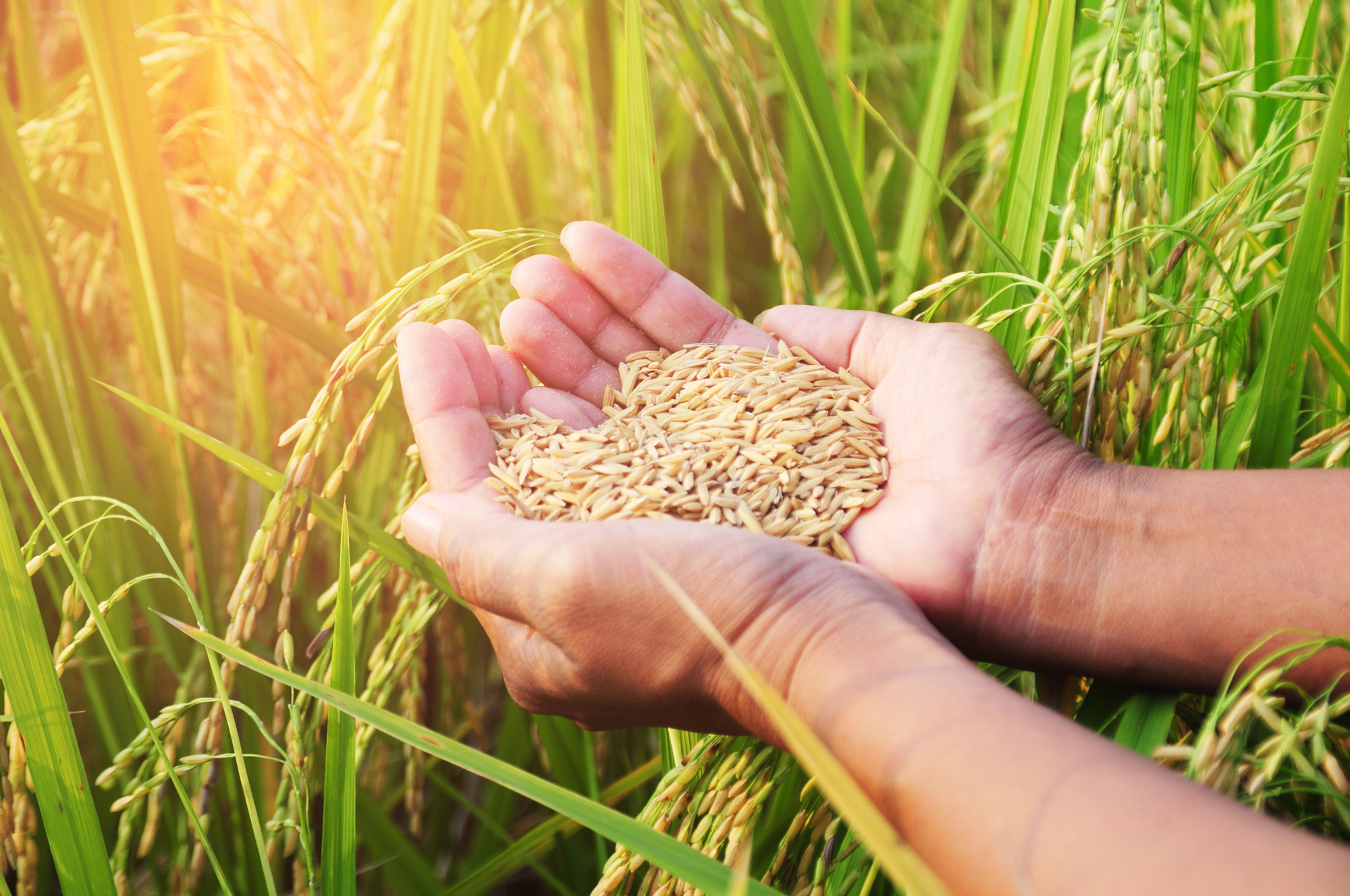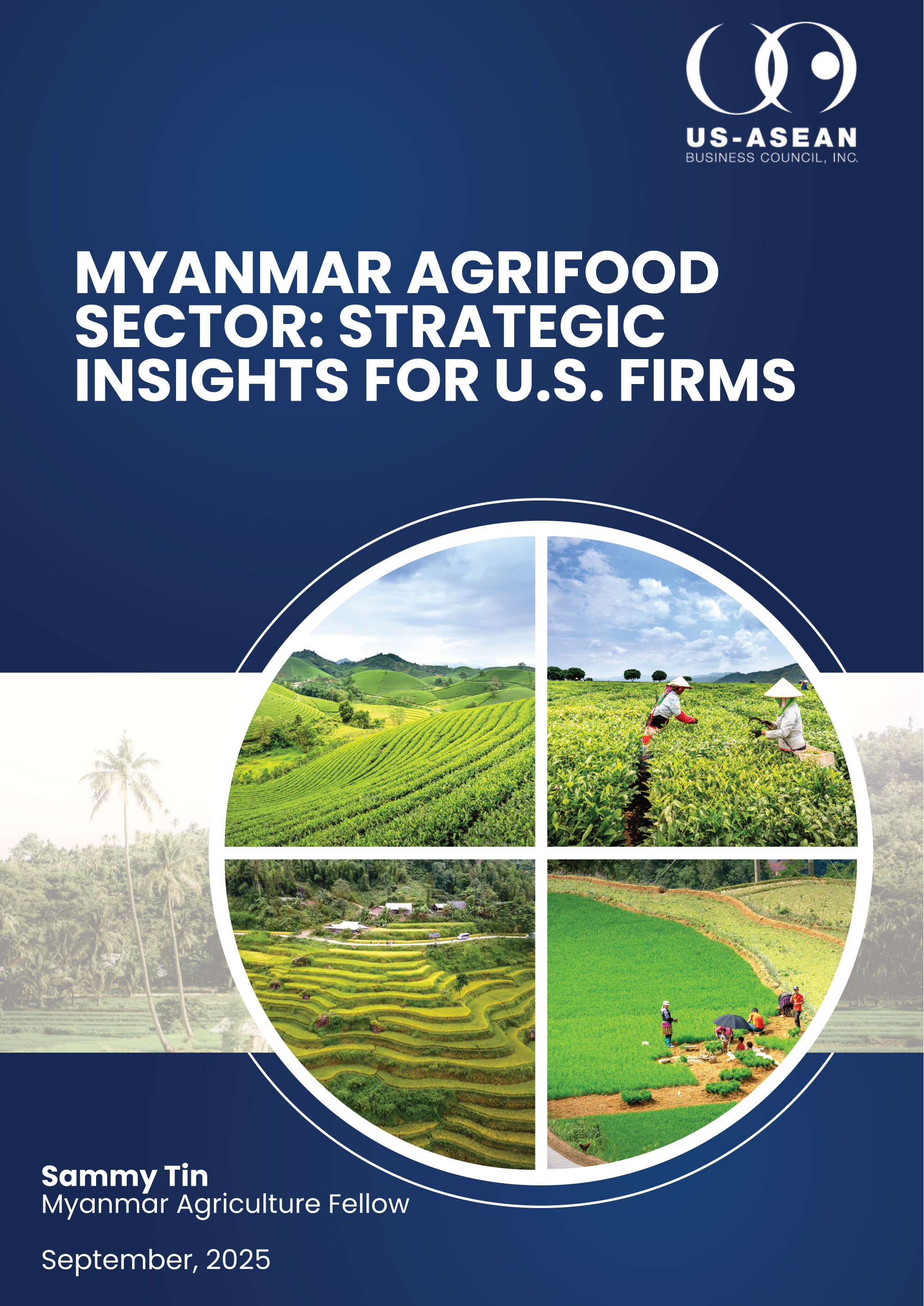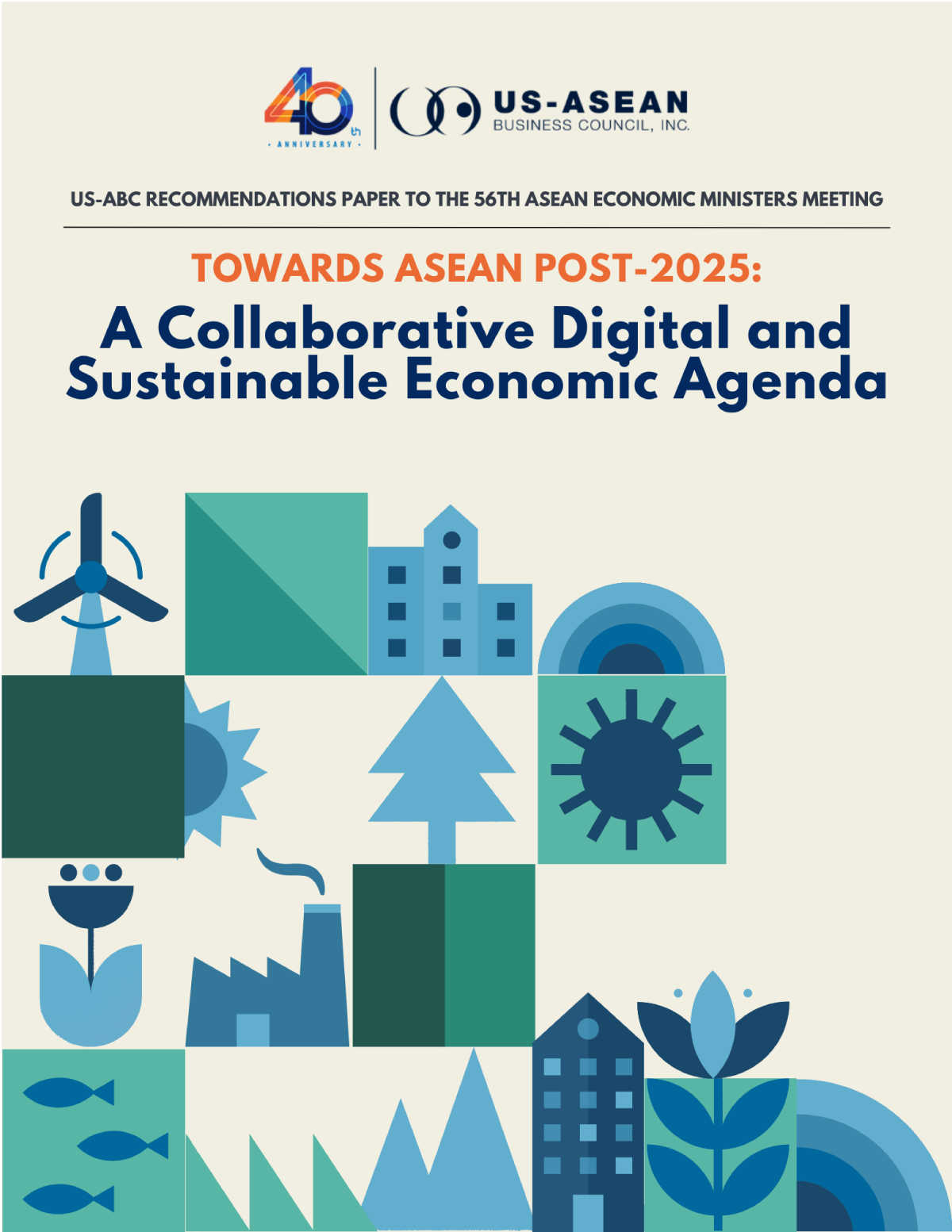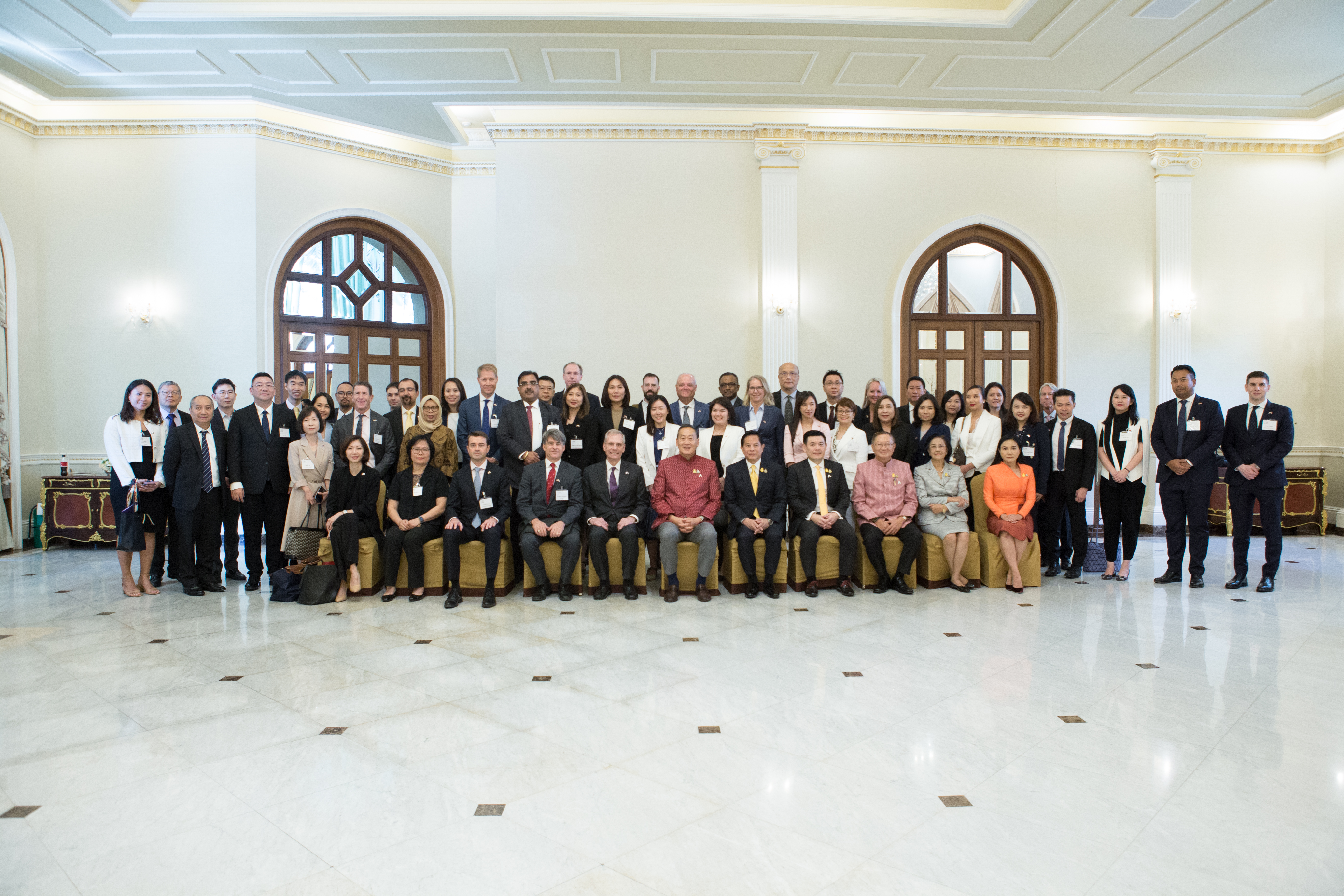Thailand’s Rice in High Demand as crops in Asia hit by dry weather tied to El Niño

The price of Thai rice has reached 17-year high as demand increases amid tightening world rice supplies. Hot and dry El Nino weather has reduced rice output in top-producing countries, including India, Thailand, and Indonesia, exacerbating food inflation and food insecurity in the region. India implemented a ban on white rice exports in July 2023, enabling Thailand and Vietnam to account for a sizeable share of global rice export deliveries this year. Thai rice exports from January to October 2023 increased by 11.4% to 6,922,649 tons with a total value of 136,289.8 million baht, a surge of 24.6% compared to the same period last year. Facing severe drought, Indonesia has become the top importer of Thai rice to meet domestic demand. The Thai government has said that there is no need to ban Thai rice exports as it has sufficient output for exports and domestic consumption. In fact, a government advisory has sought to restrict the further sowing of rice this year to conserve water.
Deputy Commerce Minister Naphinthorn Srisanpang held that Thailand should take the opportunity to develop new rice varieties, increase exports, and promote Thai rice among new consumers. However, this may prove challenging as El Nino weather conditions are expected to continue. Thailand is likely to see production from off-season crops decline in the first quarter and decreased surplus for exports. Anticipating supply shifts, Thailand’s Cabinet in November approved a 55 billion baht (US $1.5 billion) measure to incentive farmers to delay sales of paddy rice for five months to the end of February 2024.









